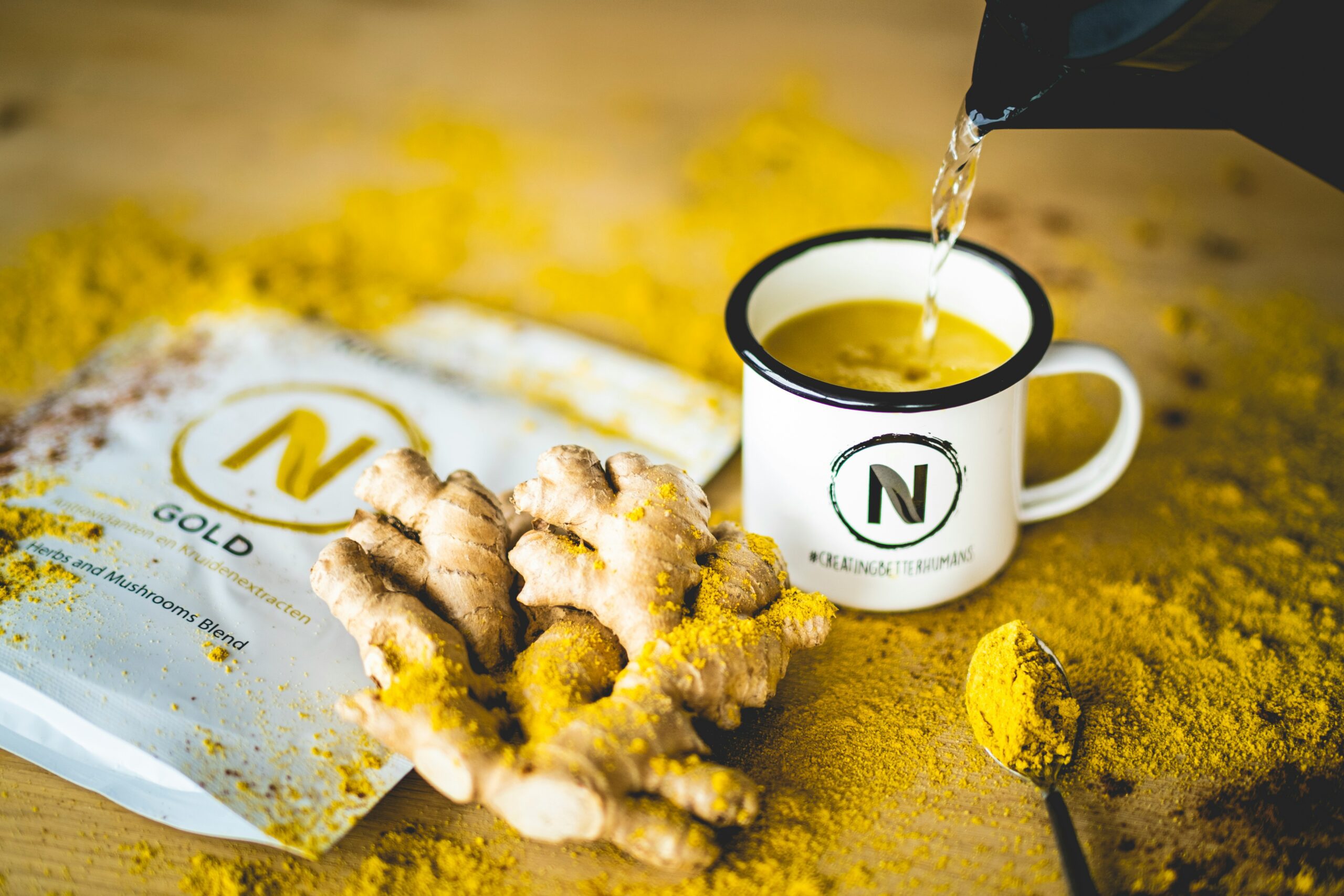

Introduction to Superfoods
In a world brimming with dietary trends and health fads, the term “superfood” has begun to pop up everywhere. But what exactly does it mean? These nutrient-dense foods promise a myriad of benefits, from boosting energy levels to enhancing overall wellness. They’re not just your average fruits and vegetables; they pack a powerful punch when it comes to supporting our health.
As we dive into the universe of superfoods, you may find yourself wondering how these culinary wonders can transform your diet. With so many options available, identifying which ones are worth adding to your plate can feel overwhelming. Fear not! By understanding what categorizes a food as “super” and exploring their remarkable benefits, you’ll be well on your way to making informed choices that nourish both body and mind.
So grab a snack (perhaps something green), settle in, and let’s unlock the secrets behind superfoods together!
Superfoods have taken the health world by storm. But what exactly are they? These nutrient-rich powerhouses have earned their title for good reason. Packed with vitamins, minerals, and antioxidants, superfoods promise to elevate our diets and enhance our wellbeing.
With a growing list of contenders—from kale to quinoa—it’s easy to feel overwhelmed. Yet these foods don’t just show up on trendy Instagram feeds; they offer real benefits that can transform your health journey. Dive in as we unravel the mystery behind superfoods and uncover how they can make a difference in your life. Ready to discover the secret ingredients for optimal wellness? Let’s get started!
What Makes a Food a Superfood?
Superfoods are more than just a trendy buzzword. They pack impressive nutritional benefits that can enhance your health and wellbeing.
To qualify as a superfood, a food must be nutrient-dense. This means it contains high levels of vitamins, minerals, antioxidants, and other essential compounds while being relatively low in calories.
Another key factor is the presence of bioactive substances. These natural components, like polyphenols or omega-3 fatty acids, offer protective effects against various diseases.
Moreover, the impact on overall health matters too. Foods that support heart health or boost immunity often find their way onto the superfood list.
Versatility plays an important role. Superfoods should be easy to incorporate into meals without compromising flavor or enjoyment.
The Top 10 Superfoods and Their Benefits
Blueberries burst with antioxidants, fighting free radicals and promoting heart health. These little berries can also enhance brain function.
Kale is a leafy green powerhouse. Packed with vitamins A, C, and K, it supports eye health and boosts immunity. Plus, its fiber aids digestion.
Quinoa stands out as a complete protein source. This ancient grain provides all nine essential amino acids along with magnesium to help reduce blood pressure.
Chia seeds are tiny but mighty. They offer omega-3 fatty acids which are crucial for cognitive health and inflammation reduction.
Avocados deliver healthy fats that support skin vitality and heart wellness while keeping you full longer due to their high fiber content.
Sweet potatoes are rich in beta-carotene, supporting vision and boosting immune response. They’re also low on the glycemic index—perfect for steady energy levels throughout the day.
Salmon is renowned for its omega-3s too! Regular consumption promotes brain function and can lower risks of chronic diseases.
Spinach is another green gem loaded with iron—a must-have for energy production—and folate for cellular repair!
Turmeric shines bright thanks to curcumin, known for its anti-inflammatory properties that may relieve joint pain over time.
Nuts like almonds or walnuts provide protein along with healthy fats that support heart health while satisfying cravings between meals.
How to Incorporate Superfoods into Your Diet
Incorporating superfoods into your diet can be both simple and enjoyable. Start by adding a handful of berries to your breakfast. They’re packed with antioxidants and add natural sweetness to smoothies or oatmeal.
Consider swapping out regular snacks for options like nuts or seeds. These provide healthy fats, protein, and plenty of energy.
Next, explore new ways to enjoy leafy greens. Toss them into salads, blend them in smoothies, or sauté them as a side dish. Their versatility makes them easy to include in various meals.
Don’t forget about herbs and spices! A sprinkle of turmeric or cinnamon can elevate the nutritional value of any dish while enhancing flavor.
When shopping for groceries, look for items labeled as superfoods. Experimenting with different recipes will keep your meals exciting and nutritious at the same time.
Debunking Myths about Superfoods
Superfoods often get wrapped in hype, leading to several common myths. One prevalent misconception is that eating superfoods alone can transform your health overnight. The truth is, no single food holds the key to wellness.
Another myth suggests that all superfoods are expensive or hard to find. In reality, everyday foods like spinach and blueberries pack a nutritional punch without breaking the bank.
Some believe you must consume large quantities of these foods for benefits. However, even small servings can contribute positively when part of a balanced diet.
There’s the idea that superfoods can replace traditional medicine or supplements completely. While they offer valuable nutrients, they should complement—not substitute—professional medical advice and treatment options.
Understanding these misconceptions allows for a more informed approach to nutrition and overall wellbeing.
The Importance of Balance in a Healthy Diet
A healthy diet isn’t just about loading up on superfoods. Balance is key to achieving overall wellness. Each food group plays a vital role in your body’s functioning.
Carbohydrates provide energy, while proteins support muscle repair and growth. Healthy fats contribute to brain health and hormone regulation. Neglecting any of these can lead to deficiencies or cravings that derail your goals.
Variety also introduces essential vitamins and minerals into your system. Different colors on your plate often represent different nutrients; the more colorful, the better.
Listening to your body’s signals is equally important. Sometimes, it craves something outside of the “superfood” realm—a comforting bowl of pasta or a slice of cake can be perfectly fine when enjoyed mindfully.
Enjoyment matters too! Food should nourish not only your body but also elevate your spirit through flavors and textures you love.
Conclusion
Superfoods have carved out a significant space in the health and wellness conversation. Their nutrient-dense profiles offer a wealth of benefits that can enhance your overall wellbeing. However, it’s essential to remember that no single food can provide all the nutrients your body needs. The key is variety.
Incorporating superfoods into your diet can certainly boost nutrition, but it should complement an already balanced eating plan. Enjoy leafy greens alongside berries for breakfast or consider adding nuts to your salads for added crunch and healthy fats.
The journey toward better health involves more than just focusing on trendy foods. It’s about finding what works best for you personally while maintaining balance across all food groups. So embrace the superfood trend but don’t forget to enjoy every bite along the way!
